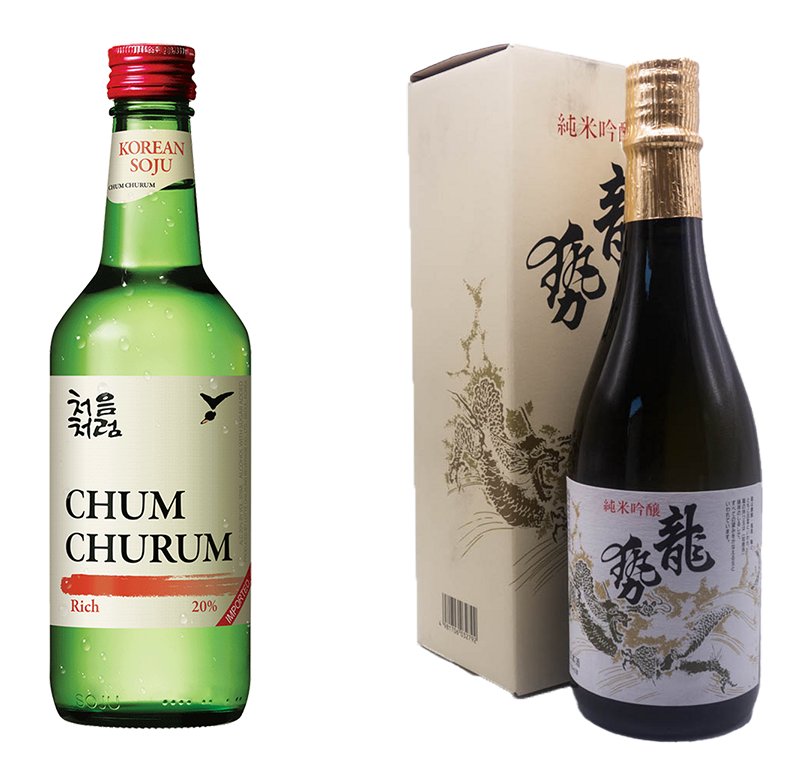If you're a fan of Asian cuisine, you've probably come across two popular alcoholic drinks - Soju and Sake. But what are these drinks, and how do they differ from each other? Let's explore!
Sake is a traditional Japanese alcoholic drink that's commonly served at sushi bars and Japanese restaurants. Made from fermented rice, Sake has a subtle, mild flavor that pairs well with meals. Although it's often called "rice wine," Sake is brewed more like beer, with the rice being converted into sugars that ferment into alcohol. Sake has an alcohol content of around 14-18% and is considered the national beverage of Japan.
Soju is a popular alcoholic drink in South Korea, often compared to vodka due to its clear, strong nature. Made from a variety of starches like wheat, barley, tapioca, or potatoes, Soju is distilled like any other liquor. This means it can have a wide range of alcohol content, from as low as 14% to as high as 53%! Soju is typically aged for 10 years before it's ready to be enjoyed. Unlike Sake, Soju is not typically sipped with meals but is rather taken in shots.

So what are the main differences between Soju and Sake? For starters, Soju is Korean, while Sake is Japanese. Soju is much stronger than Sake in terms of alcohol content, with a range of up to 53% compared to Sake's 14-18%. Both drinks can be made from rice, but Soju can also be made from other starches, whereas Sake is strictly made from rice. Another key difference is in the way they're made - Sake is brewed like beer, while Soju is distilled like a liquor. And finally, Sake has a subtle, mild flavor that pairs well with meals, while Soju is more like a liquor and is taken in shots.
So there you have it - the differences between Soju and Sake. Whether you're traveling to Japan or South Korea, or simply trying these drinks at your local sushi or Korean restaurant, be sure to give them a try and enjoy the unique flavors of each!